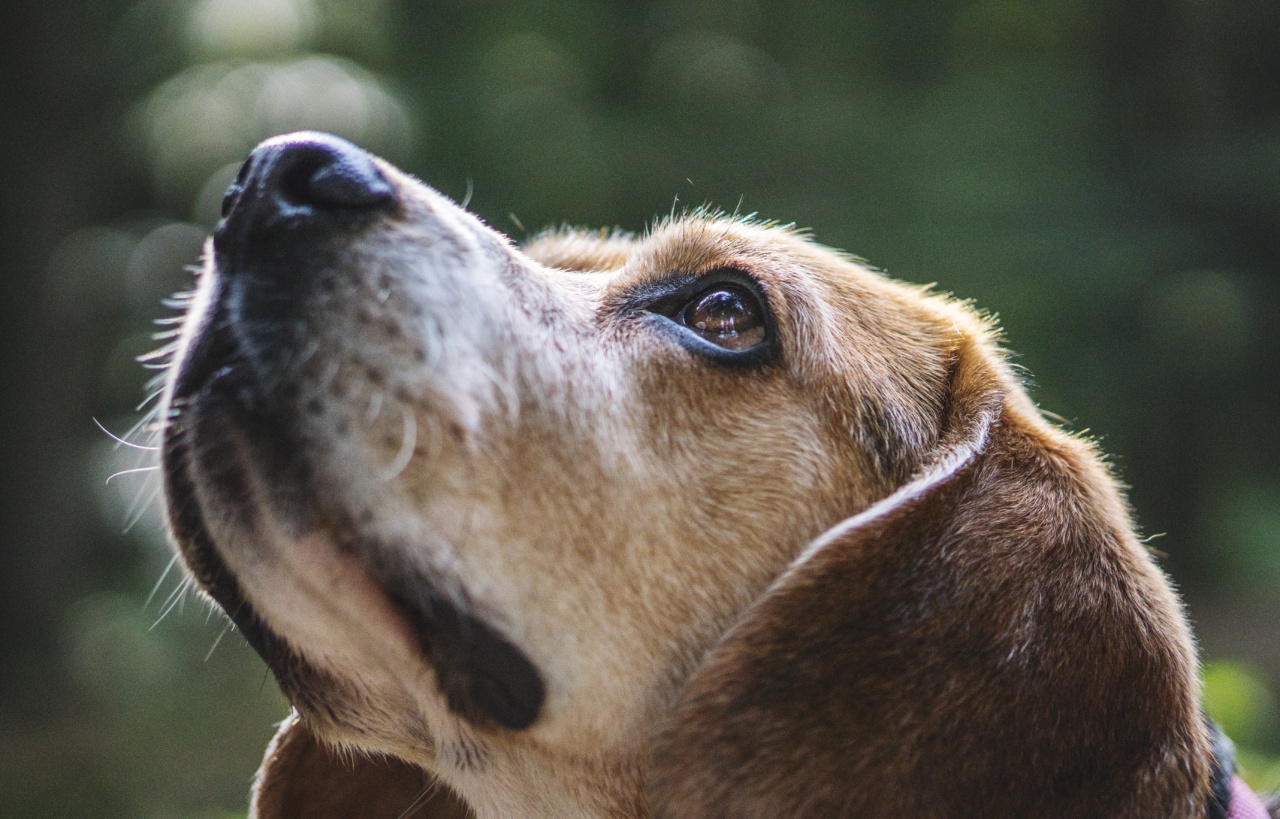Taking your puppy to the dog park can be an exciting and enriching experience for both you and your furry friend. It provides an opportunity for your puppy to socialize, exercise, and learn new skills in a supervised, controlled environment.
However, before heading to the dog park, it is important to know what to expect and how to ensure a positive experience for everyone involved.
1. Introduce Your Puppy Gradually
Before entering the dog park, it is crucial to introduce your puppy to new environments and other dogs gradually. Start by socializing your puppy with familiar dogs in a quiet, secure area.
Once your puppy is comfortable with these interactions, you can slowly introduce them to the dog park setting.
2. Assess the Dog Park
Before bringing your puppy to a dog park, it is essential to evaluate the park’s safety and suitability. Look for well-maintained fencing and secure gates to prevent your puppy from escaping.
Ensure there are separate areas for small and large dogs to prevent any potential accidents or conflicts.
3. Check for Vaccination Requirements
Prior to visiting any dog park, ensure that your puppy is up to date on their vaccinations. Vaccinations protect your puppy from contagious diseases that can spread through close contact with other dogs.
Make sure to carry proof of vaccinations, as some parks may require it.
4. Understand Your Puppy’s Behavior
Every puppy behaves differently in social situations. Some puppies may be shy or timid, while others may be more confident and outgoing. Understanding your puppy’s behavior will help you respond appropriately in the dog park.
Be patient and supportive, allowing your puppy to set their own pace when interacting with other dogs.
5. Supervise Your Puppy
Always keep a close eye on your puppy while at the dog park. Supervision ensures their safety and allows you to intervene if any conflicts arise.
Avoid distractions such as phone calls or conversations with other dog owners, as your puppy still needs your full attention.
6. Use Positive Reinforcement
Positive reinforcement is key to successful socialization. Reward your puppy with treats, praise, and affection when they exhibit desirable behavior, such as appropriate play and good manners.
This positive association will encourage your puppy to repeat these behaviors in the future.
7. Watch for Warning Signs
While at the dog park, it is crucial to be aware of warning signs that indicate potential aggression or discomfort. These signs may include stiff body language, raised hackles, growling, or snapping.
If you notice any of these signs in your puppy or another dog, separate them immediately to prevent any escalation of aggression.
8. Use Toys and Games
To enhance your puppy’s experience at the dog park, bring along toys and engage them in games. Interactive toys, such as balls or frisbees, can provide mental and physical stimulation for your puppy.
These toys also serve as an excellent way to redirect your puppy’s attention from potential conflicts.
9. Practice Recall Commands
Training your puppy to come when called is crucial for their safety at the dog park. Practice recall commands in a controlled environment before introducing them to the park.
Use high-value treats and positive reinforcement to reward your puppy for returning when called.
10. Clean Up After Your Puppy
Responsible pet ownership extends to cleaning up after your puppy. Always carry waste bags and promptly clean up any messes your puppy may create. This ensures a clean and hygienic environment for other park visitors.
Conclusion
Taking your puppy to the dog park can be a wonderful and rewarding experience for both you and your furry friend.
By introducing your puppy gradually, assessing the park’s suitability, understanding your puppy’s behavior, supervising them closely, and using positive reinforcement, you can ensure a positive and safe experience at the dog park. Remember to be mindful of warning signs, bring along toys and games, practice recall commands, and clean up after your puppy. With these guidelines in mind, you’ll be well-prepared for an enjoyable outing with your puppy at the dog park.




























